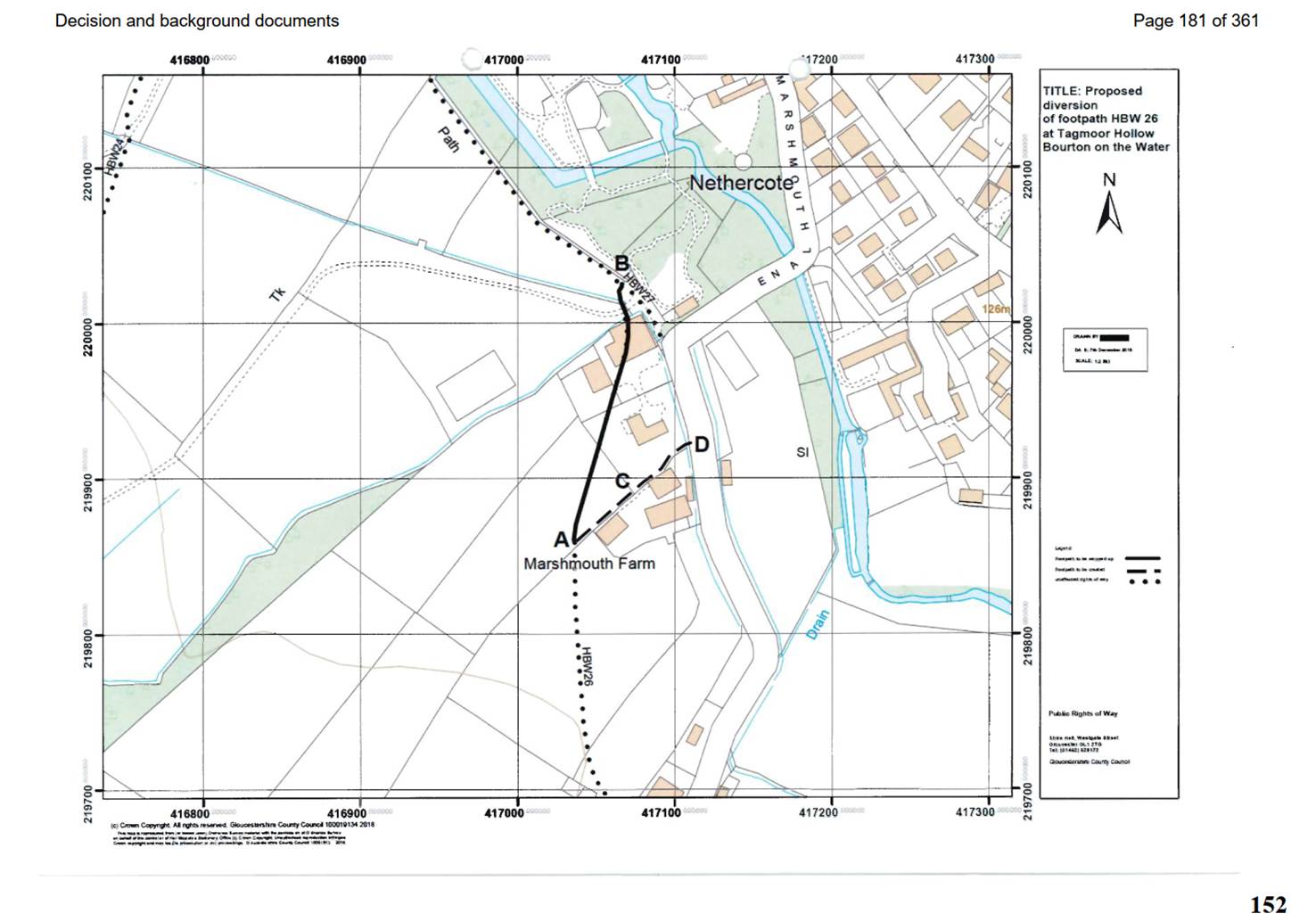
England and Wales High Court (King's Bench Division) Decisions
You are here: BAILII >> Databases >> England and Wales High Court (King's Bench Division) Decisions >> Bennett v Secretary of State for the Environment Food and Rural Affairs [2023] EWHC 2542 (KB) (12 October 2023)
URL: https://www.bailii.org/ew/cases/EWHC/KB/2023/2542.html
Cite as: [2023] EWHC 2542 (KB)
